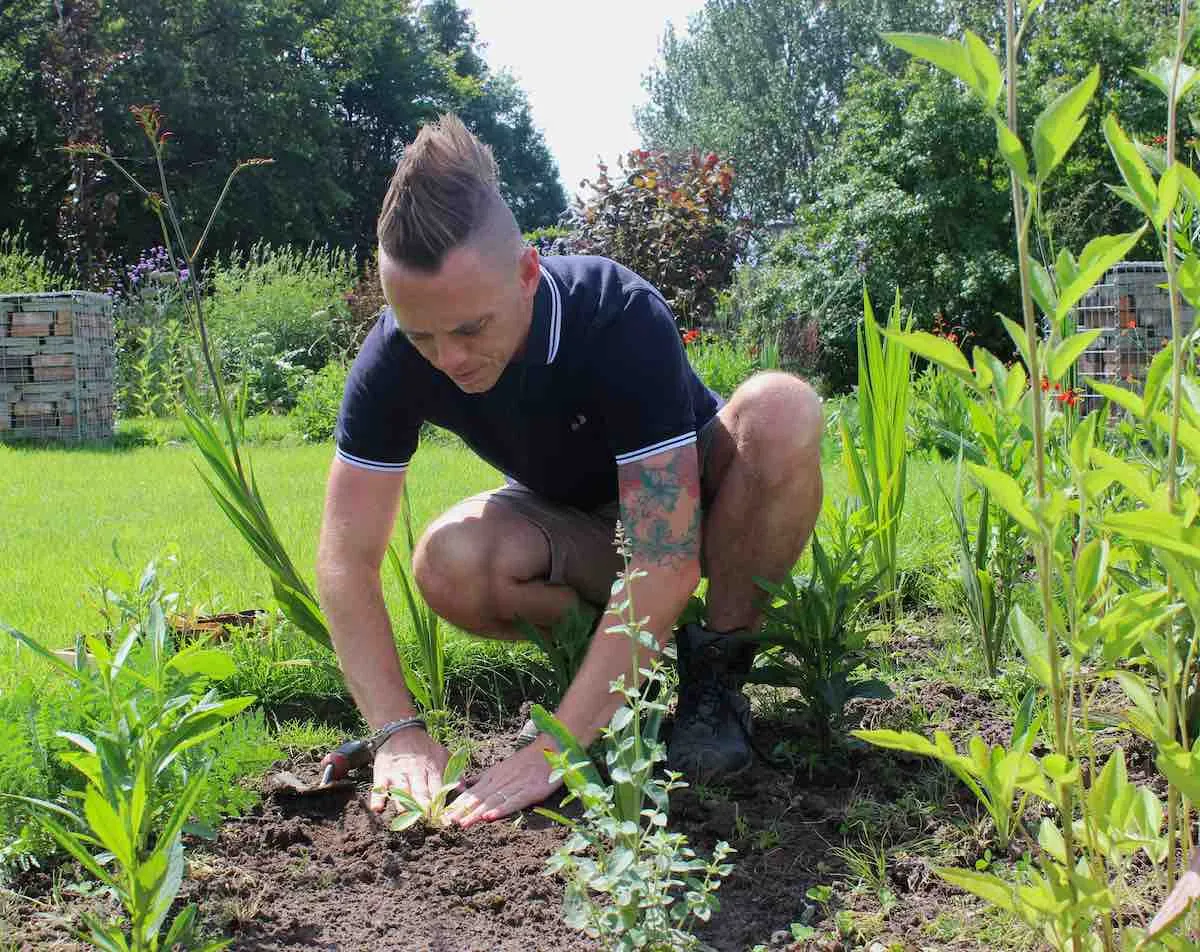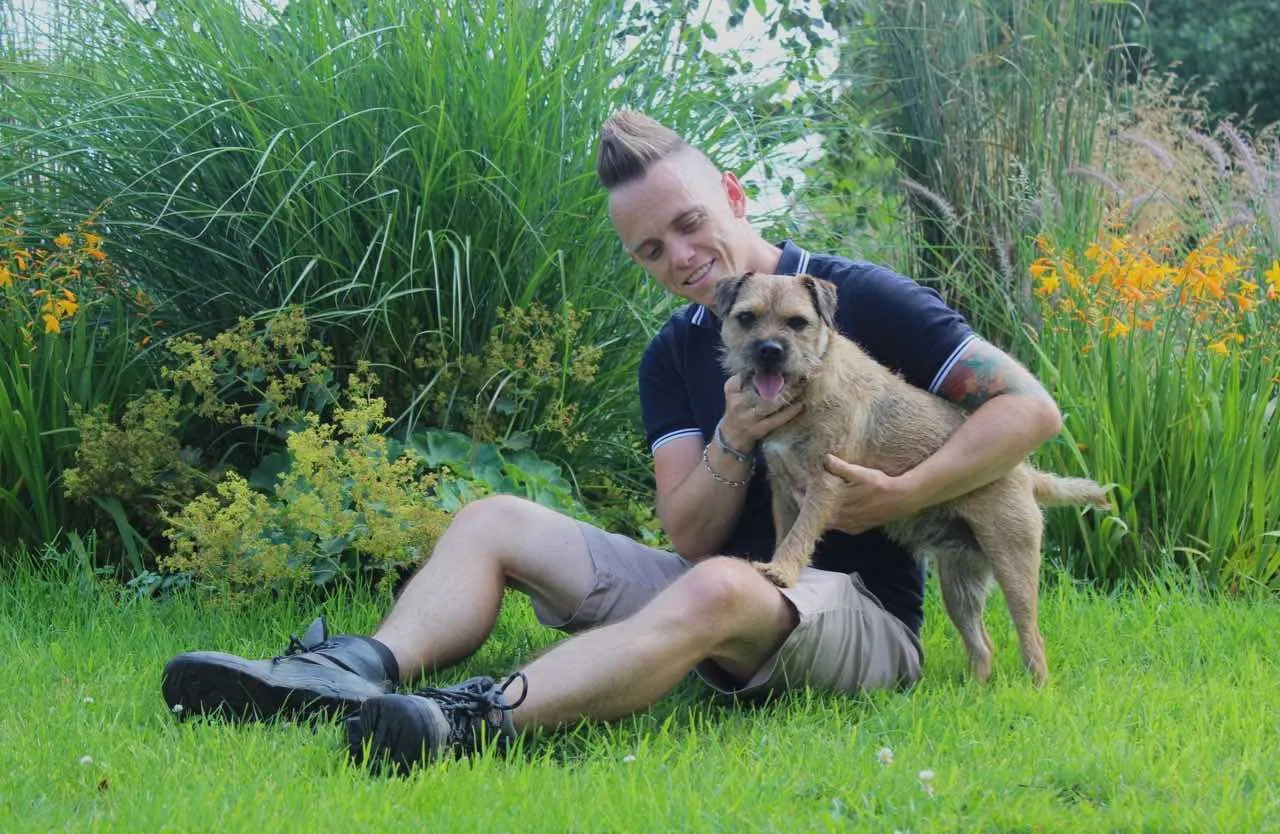Hi @ed
Your Pittosporum nanum certainly doesn't look the healthiest. There are a few reasons why shrubs and plants turn yellow, so let me explain a bit more about shrub deficiencies, and then you can take some action!
Reasons why shrubs leaves turn yellow
Due to various factors, shrubs may experience yellowing leaves, a condition known as chlorosis. Here are common reasons for yellowing leaves in shrubs so that you can eliminate any that don't apply to your Pittosporum.
- Nutrient Deficiencies - Chlorosis can result from deficiencies in essential nutrients such as nitrogen, iron, magnesium, or manganese. Lack of nitrogen is a frequent cause of general yellowing in leaves, while iron deficiency often leads to interveinal chlorosis, where the tissue between the veins remains green while the veins turn yellow.
- Poor Soil Conditions- Soil with improper pH levels or poor drainage can hinder nutrient uptake by the roots, leading to nutrient deficiencies and chlorosis. Shrubs may exhibit yellowing leaves if the soil pH is too high or too low for optimal nutrient availability. Add a peat free compost mulch if you think the shrub is being starved by competing plants like the clematis and phrormium I can see next to it.
- Watering Issues - Overwatering or underwatering can stress shrubs and disrupt their ability to absorb nutrients from the soil. Waterlogged soil can lead to root rot and nutrient imbalances, while drought conditions can restrict root growth and nutrient uptake.
- Pest Infestations -Insect pests such as aphids, spider mites, scale insects, or nematodes can feed on the foliage or roots of shrubs, causing damage and nutrient loss that manifests as yellowing leaves. Turn the leaves upside down and look for any pests or webbing left behind.
- Disease - Fungal, bacterial, or viral diseases can affect the health of shrubs, leading to symptoms such as yellowing, wilting, or leaf spots. Diseases like powdery mildew, root rot, or leaf spot diseases can contribute to chlorosis in shrubs. You may also spot this on other shrubs nearby as most fungus spreads via the wind.
- Environmental Stress- Environmental factors such as extreme temperatures, excessive sunlight, strong winds, or air pollution can stress shrubs and contribute to leaf yellowing. Sunburn, heat stress, or exposure to toxic chemicals can damage foliage and disrupt normal metabolic processes.
- Nutrient Imbalances - Excessive levels of certain nutrients, such as potassium or phosphorus, can interfere with the uptake of other essential nutrients and lead to chlorosis in shrubs.
What's causing my pittosporum to turn yellow?
There are two main reasons for the yellow leaves on your Nanum Pittosporum; one is Environmental Stress. Factors such as excessive heat, cold temperatures, or exposure to strong sunlight or wind can stress pittosporum plants, leading to yellowing of the leaves, especially if they are in a really exposed and cold location where bitter winter winds blast the plant. Provide adequate protection from harsh environmental conditions to prevent stress-related leaf discolouration.
Secondly it could be a soil pH imbalance as Pittosporums prefer slightly acidic to neutral soil pH. If the soil pH is too high or too low, it can affect nutrient availability and lead to yellowing of the leaves. Test the soil pH and amend it as necessary to maintain optimal growing conditions for pittosporum plants. This leads to nitrogen deficiencies and chlorosis i.e yellowing of the leaves.
How to stop yellow leaves on plants
Apply Nitrogen-Rich Fertilizer to boost the amount of chloroform the plant can create. Choose a fertilizer specifically formulated with a higher nitrogen content (the first number in the N-P-K ratio). Follow the manufacturer's instructions for application rates and timing. Broadcasting granular fertilizer around the base of the shrub and watering it in can help provide a steady supply of nitrogen to the roots.
https://youtu.be/iFc7YByFIeo
https://youtu.be/5BhGtCjT2TQ
Let me know how you get on!
Lee Garden Ninja
Hi @ed
Your Pittosporum nanum certainly doesn't look the healthiest. There are a few reasons why shrubs and plants turn yellow, so let me explain a bit more about shrub deficiencies, and then you can take some action!
Reasons why shrubs leaves turn yellow
Due to various factors, shrubs may experience yellowing leaves, a condition known as chlorosis. Here are common reasons for yellowing leaves in shrubs so that you can eliminate any that don't apply to your Pittosporum.
- Nutrient Deficiencies - Chlorosis can result from deficiencies in essential nutrients such as nitrogen, iron, magnesium, or manganese. Lack of nitrogen is a frequent cause of general yellowing in leaves, while iron deficiency often leads to interveinal chlorosis, where the tissue between the veins remains green while the veins turn yellow.
- Poor Soil Conditions- Soil with improper pH levels or poor drainage can hinder nutrient uptake by the roots, leading to nutrient deficiencies and chlorosis. Shrubs may exhibit yellowing leaves if the soil pH is too high or too low for optimal nutrient availability. Add a peat free compost mulch if you think the shrub is being starved by competing plants like the clematis and phrormium I can see next to it.
- Watering Issues - Overwatering or underwatering can stress shrubs and disrupt their ability to absorb nutrients from the soil. Waterlogged soil can lead to root rot and nutrient imbalances, while drought conditions can restrict root growth and nutrient uptake.
- Pest Infestations -Insect pests such as aphids, spider mites, scale insects, or nematodes can feed on the foliage or roots of shrubs, causing damage and nutrient loss that manifests as yellowing leaves. Turn the leaves upside down and look for any pests or webbing left behind.
- Disease - Fungal, bacterial, or viral diseases can affect the health of shrubs, leading to symptoms such as yellowing, wilting, or leaf spots. Diseases like powdery mildew, root rot, or leaf spot diseases can contribute to chlorosis in shrubs. You may also spot this on other shrubs nearby as most fungus spreads via the wind.
- Environmental Stress- Environmental factors such as extreme temperatures, excessive sunlight, strong winds, or air pollution can stress shrubs and contribute to leaf yellowing. Sunburn, heat stress, or exposure to toxic chemicals can damage foliage and disrupt normal metabolic processes.
- Nutrient Imbalances - Excessive levels of certain nutrients, such as potassium or phosphorus, can interfere with the uptake of other essential nutrients and lead to chlorosis in shrubs.
What's causing my pittosporum to turn yellow?
There are two main reasons for the yellow leaves on your Nanum Pittosporum; one is Environmental Stress. Factors such as excessive heat, cold temperatures, or exposure to strong sunlight or wind can stress pittosporum plants, leading to yellowing of the leaves, especially if they are in a really exposed and cold location where bitter winter winds blast the plant. Provide adequate protection from harsh environmental conditions to prevent stress-related leaf discolouration.
Secondly it could be a soil pH imbalance as Pittosporums prefer slightly acidic to neutral soil pH. If the soil pH is too high or too low, it can affect nutrient availability and lead to yellowing of the leaves. Test the soil pH and amend it as necessary to maintain optimal growing conditions for pittosporum plants. This leads to nitrogen deficiencies and chlorosis i.e yellowing of the leaves.
How to stop yellow leaves on plants
Apply Nitrogen-Rich Fertilizer to boost the amount of chloroform the plant can create. Choose a fertilizer specifically formulated with a higher nitrogen content (the first number in the N-P-K ratio). Follow the manufacturer's instructions for application rates and timing. Broadcasting granular fertilizer around the base of the shrub and watering it in can help provide a steady supply of nitrogen to the roots.
Let me know how you get on!
Lee Garden Ninja
 Lee Burkhill: Award Winning Designer & BBC 1's Garden Rescue Presenters Official Blog
Lee Burkhill: Award Winning Designer & BBC 1's Garden Rescue Presenters Official Blog



